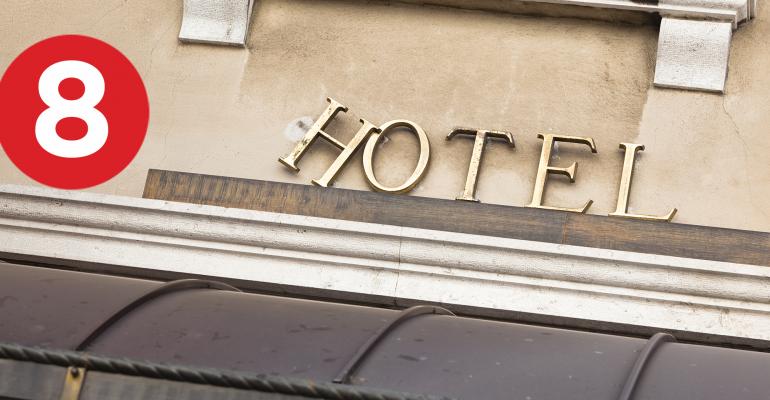- Commercial Multifamily Borrowing Falls 18 Percent in the Fourth Quarter of 2020 “Commercial and multifamily mortgage loan originations were 18 percent lower in the fourth quarter of 2020 compared to a year ago, and increased 76 percent from the third quarter of 2020, according to the Mortgage Bankers Association's (MBA) Quarterly Survey of Commercial/Multifamily Mortgage Bankers Originations. A preliminary MBA measure of commercial and multifamily mortgage originations volumes shows borrowing and lending in 2020 was 30 percent lower than in 2019, with all major property types and most capital sources - outside government-backed loans - seeing lower levels of activity.” (Mortgage Bankers Association)
- NMHC Rent Payment Tracker Finds 79.2 Percent of Apartment Households Paid Rent as of February 6 “The National Multifamily Housing Council (NMHC)’s Rent Payment Tracker found 79.2 percent of apartment households made a full or partial rent payment by February 6 in its survey of 11.6 million units of professionally managed apartment units across the country. This is a 1.9 percentage point, or 216,479 household decrease from the share who paid rent through February 6, 2020 and compares to 76.6 percent that had paid by January 6, 2021. These data encompass a wide variety of market-rate rental properties across the United States, which can vary by size, type and average rental price.” (NMHC)
- Marijuana Retail Leasing Faces Blunt Challenges as Legalization Spreads “The number of marijuana stores in the U.S. is poised to grow in 2021 and 2022 as more states legalize the narcotic, the federal government toys with legalization at the national level, and already large sales chains seek to get larger. The expected growth is a small miracle given that tenants, landlords and commercial real estate professionals continue to operate in a niche retail market beset by variables and risks unlike any that just about any other type of retailer faces.” (Commercial Observer)
- COVID-19 Forces Co-Working Firms to Recast Their Business Model “The pandemic is compelling a number of co-working firms to discard original business models, or accelerate the adoption of a new one, with the broader office market under threat. The original strategy, popularized by WeWork and many of its peers, involved leasing as much office space in city centers as possible, and then effectively subletting it to companies for a profit. This approach led to spectacular growth and sent WeWork’s valuation soaring to $47 billion.” (Wall Street Journal)
- Vacancies and Vaccines: How Travelers Could Benefit from Hotel Industry Struggles “Hotels and resorts, like the rest of the travel industry, have taken a hit during the pandemic, but prospective travelers willing to book accommodations later this year may see a silver lining in the form of especially low room rates and widespread availability. That’s according to the American Hotel & Lodging Association, which estimates that half of all U.S. hotel rooms will remain unoccupied in 2021.” (CNBC)
- Trump Partner Exploring Ways to End Relationship with Ex-President’s Company “One of the nation’s biggest real-estate investors, which is run by a longtime friend of Donald Trump, is exploring ways to end a lucrative partnership with the former president’s real-estate company, people familiar with the matter said. The partnership includes two of the Trump Organization’s most valuable assets. Losing them would shrink the Trump Organization’s business, just as it has struggled with the decline in travel and leisure spending due to the coronavirus pandemic.” (Wall Street Journal)
- NYC’s Wealthy Enclaves Lost Housing in Past Decade as Combining of Apartments Outpaced New Construction “New York is a city that’s seemingly always under construction. But for all that building, some richer neighborhoods haven’t added a single new home overall in the past decade — and have even lost units. That’s because so many people combined apartments or homes into one dwelling, the total for new housing dipped below zero, according to a new analysis by the Department of City Planning.” (The City)
- The Power Balance Is Shifting in London’s Commercial Real Estate “For years, landlords have had the upper hand in London’s real estate market, pushing up rents as businesses clamored for prime locations near offices, tourism hot spots and transport hubs and as the city’s population grew and grew. Restaurants were often locked into leases with clauses that allowed the rent to only go up. Retailers faced increasingly exorbitant rents.” (The New York Times)
0 comments
Hide comments





